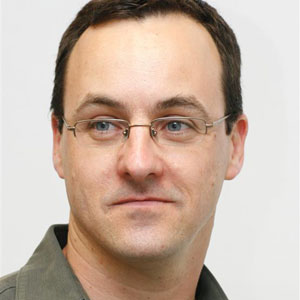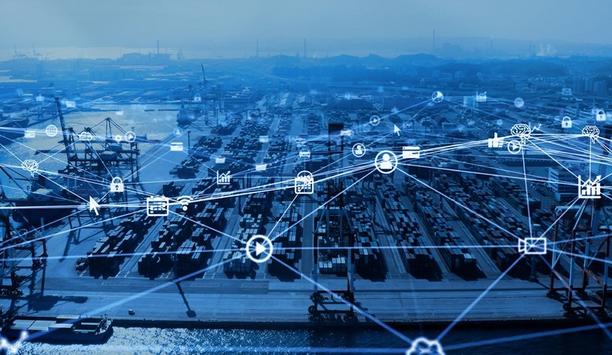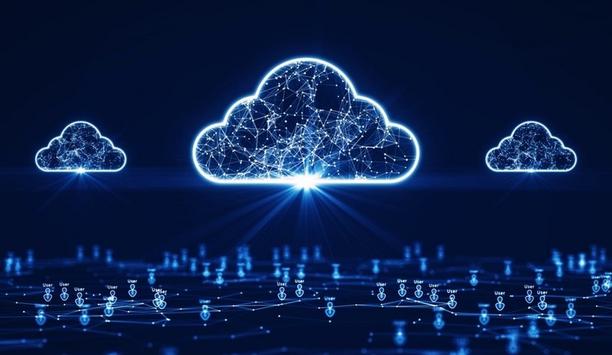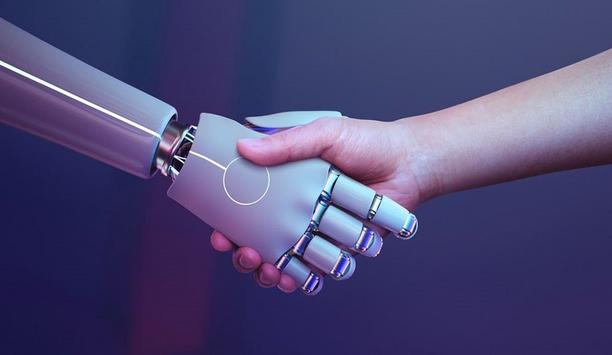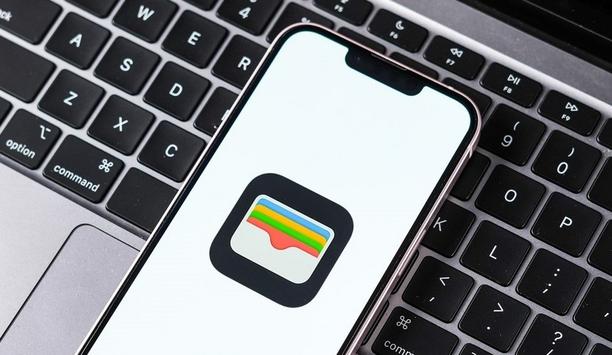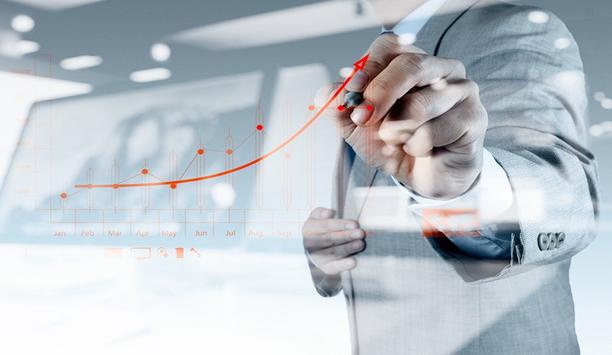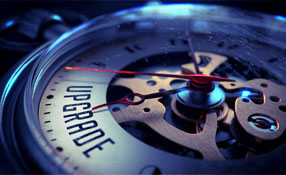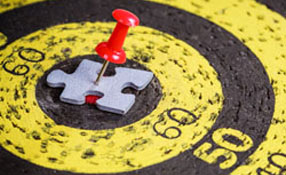 |
| The better the sensors, the better the analytics |
Garbage in, garbage out. The familiar cliché is just as applicable to the area of video analytics as any other field of computing. You simply must have a high-quality image in order to achieve a high-functioning analytics system. The good news is that video cameras, which are the sensors in video analytics systems, are providing images that are better than ever, offering higher quality – and more data – for use by video analytics.
For analytics that require a higher resolution to achieve superior results, megapixel cameras provide video that allows for better face recognition, clearer license plate numbers, reliable age and gender of customers, and other uses. These help prevent false positives and increase reliability in forensic searches, says Brian Lane, director of marketing, 3VR.
When Ipsotek considers a video analytics-based solution, 50 percent of that solution is reliant on the selection of the appropriate sensor (camera). With the emerging technologies of thermal, megapixel and advances in camera processing, this half of the solution is more readily achieved, says Dr. Boghos Boghossian, CTO, Ipsotek. In some areas like face recognition, the illumination of the face in challenging environmental conditions is key to the success of the solution. Therefore, Ipsotek has been evaluating cutting edge camera technology provided by Ipsotek’s technology partners to assist consultants and solution partners to design successful solutions for every growing video analytics market.
The better the sensors, the better the analytics, agrees Dr. Rustom Kanga, CEO of iOmniscient, and lower costs of thermal cameras make them a good choice. However, cameras that provide higher-resolution images require more computing power, bandwidth, and storage, which complicates their use with analytics. In general, the resolution is downgraded to the least resolution possible to detect the activity the analytics system is looking for.
For analytics that require a |
In terms of using higher-resolution cameras with analytics, Zvika Ashani, chief technology officer (CTO), Agent Video Intelligence (Agent Vi), says it is important to consider the “lowest common denominator” in terms of usable resolution. For example, a megapixel camera might have a clearer image in good sunlight; but at nighttime, the image will suffer, and could be worse than a low-resolution image. “More pixels don’t mean more detection quality,” he says. “The more pixels you have, the more processing power you need inside the camera.” Therefore, high-resolution images may even be “downscaled” to a lower resolution for analysis to minimize the amount of data to be managed. Higher resolution can also introduce additional noise in many cases.
Some higher-resolution cameras have video analytics built in. DVTEL’s new ioimage HD Analytic IP cameras provide HD broadcast-quality IP video coupled with built-in military-grade analytics. These high-resolution, low-bandwidth cameras, available in both HD 1080p and 720p, are optimized for outdoor conditions and available with predictable storage. The cameras have enhanced low-light and no-light capabilities, high sensitivity, and true wide dynamic range. A new analytics feature provides a reduced false alarm rate for people standing upright, which benefits applications that don’t need sophisticated detection of camouflaged or crawling intruders. ioimage analytics now have improved detection distance, which allows for fewer cameras needed to cover the same area.


